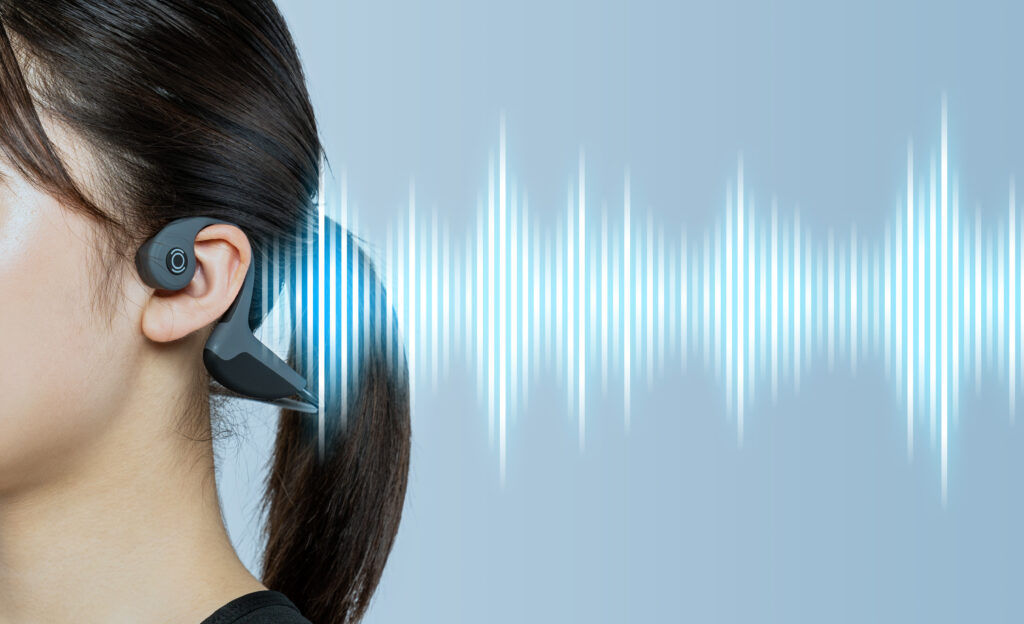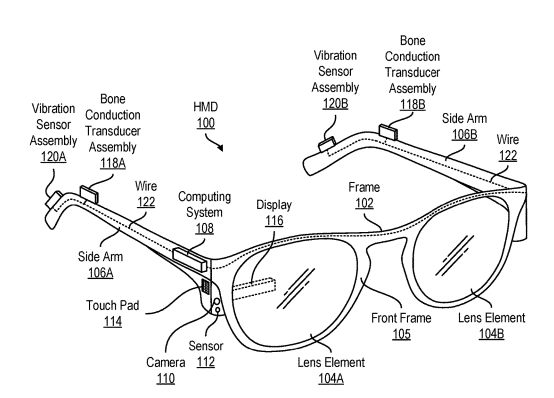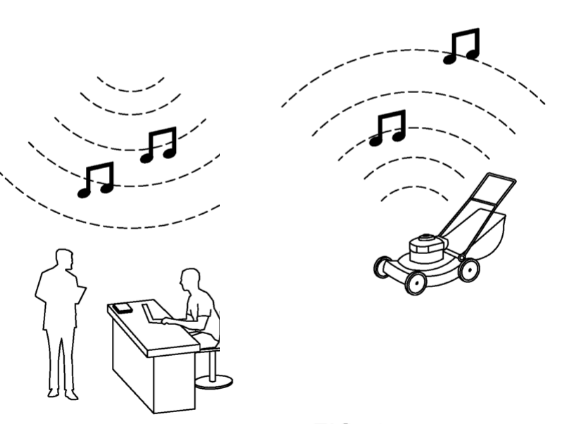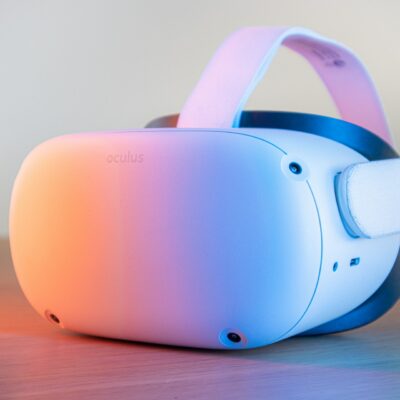The 3.5mm earphone jack is history already. Next, earphones will be going extinct, and they will be replaced by a technology that has been around for decades!
If you have never heard about bone conduction as an alternative to regular earphones, it’s a good time to get acquainted with it. You might be using it a lot in the coming hears. Here is how it works:
Regular earphones produce vibrations in the air which are sensed by your ear. However, that’s not the only way to make you hear sound. In bone conduction, the same vibrations are generated by a small pad on the skin near your ear, conducted through your skull to your ear, and your perceive them just like normal sound.

Bone conduction earphones aren’t very popular — yet — but the amount of R&D investment companies are making in this technology is growing exponentially:

Let’s understand why.
It has to do with Augmented and virtual reality (AR/VR).
Excitement about AR/VR has been on the rise in last few years. Possibilities and use-cases are endless but there is a big hurdle. The most prominent of our devices, our smartphones, aren’t best suited as medium for consuming AR/VR content.
Yes, there are VR headsets but currently, they are bulky and in no position to replace our smartphones. Something like Google Glass, though, could be perfect replacement. That’s because half of us are already used to wearing glasses all day. Roaming around with glasses is much more easier than carrying around our phones all the time. No surprise that the industry is striving towards realizing this vision.
And here’s the thing: bone conduction earphones play exceptionally nicely with smart glasses. The part of the glass frame near the ear that touches your skin can have those the bone-conduction audio pads build in, so there is no need for you to carry earphones separately or plug them in and out.
Google Glass already ships with bone conduction earphones built in. You can also buy vanilla sunglasses with the same feature from Bose. Most patents about such goggles, such as this one from Facebook, also shows bone conduction transducers in them:

So, there is little doubt that once smart glasses become mainstream, people will stop using external earphones. They will rely extensively on the bone conduction devices built into their glasses for consuming any audio content.
Sounds all good, but this approach comes with its own problems.
The first one is that unlike earphones, such glasses do not provide any “isolation”. This means that if you want to zone out into your favourite music while on the subway, you can’t do it because your ears stay open to all the surrounding noise.
This problem will likely be solved by active noise cancellation, a technique that has been seeing some very powerful advances recently. A noticeable one called “adaptive sound masking” is described in a patent from IBM. It uses AI-based signal processing to suppress sounds selectively, as opposed to cancelling all ambient noise.
For example, it could cancel all the noise generated by a lawn mower running outside, while allowing you to hear the voices of the people around you! Certainly useful.

Another problem with bone conduction earphones is the sound quality. Currently, it just cannot produce high fidelity audio.
One reason for this limitation is that bone conduction depends to some degree on the geometry of your skull and ears. So the quality of sound you and your friend hear from the same headset may be different.
Facebook is exploring a solution to this problem by building devices that can “tune in” with the anatomy of your ear and skull, to provide high quality output. When Facebook implements this in their smart glasses, it would be fair to call them truly personalized for the wearer.
If you liked this articles, please do subscribe to the Blip newsletter, which will bring the most interesting stories every week to your inbox!


